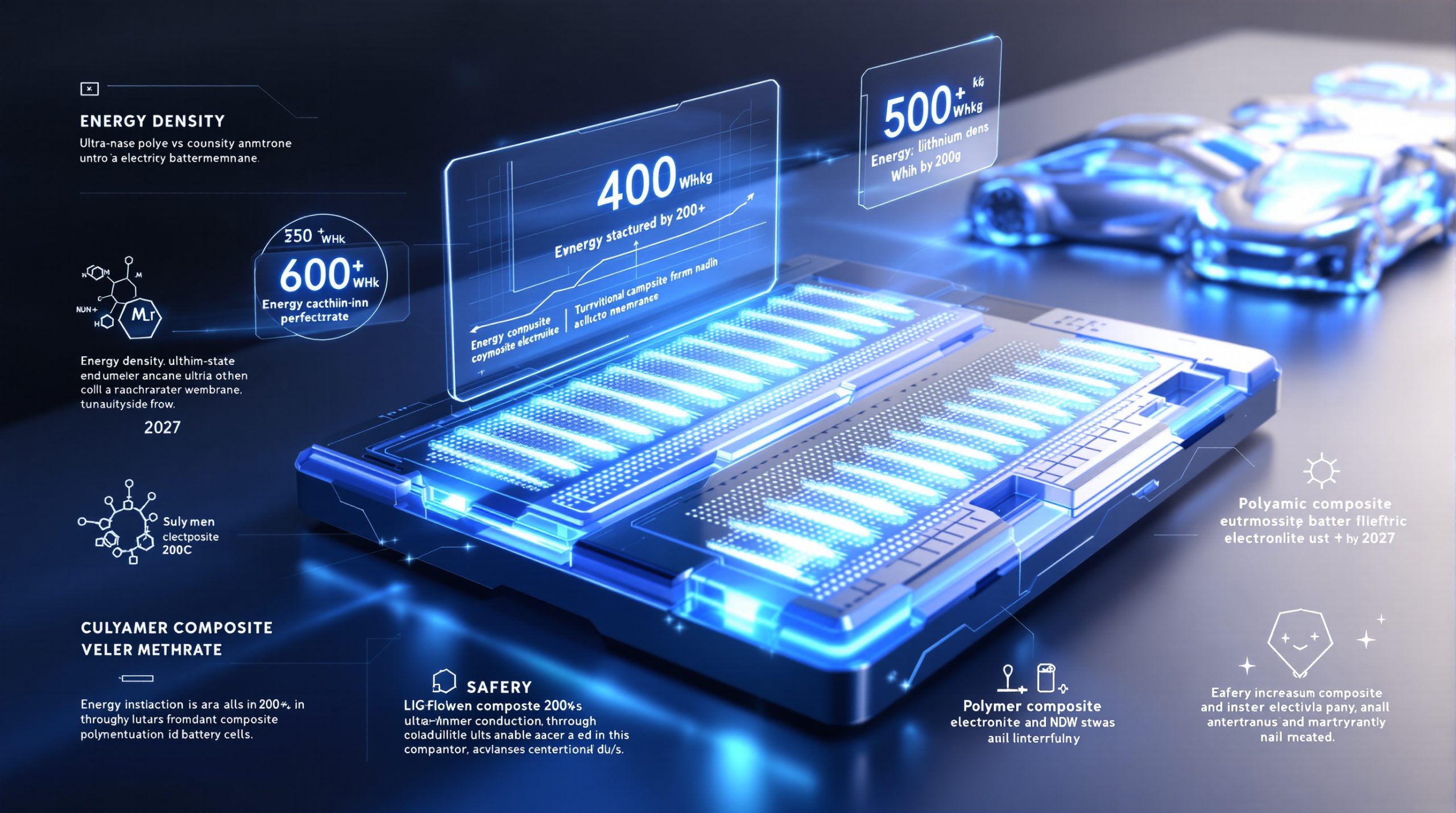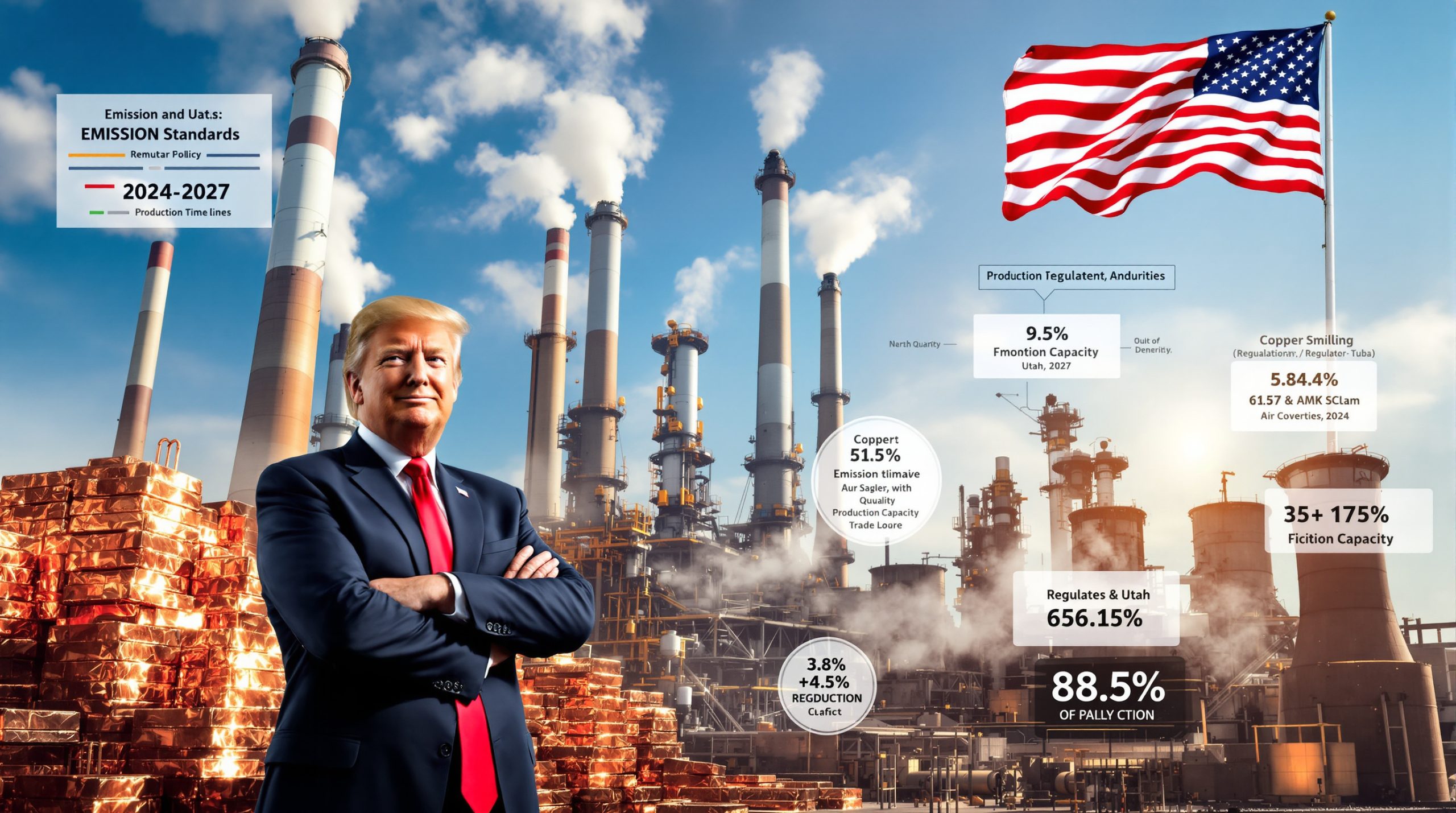Supply Disruptions Drive Copper Market Tensions
The global copper market faces unprecedented supply constraints as major mining operations encounter significant operational challenges. The suspension of operations at Indonesia's Grasberg facility has emerged as the most critical factor influencing current market dynamics. This massive copper extraction site, which ranks among the world's largest producers, remains offline following a fatal mudslide incident that has raised serious safety concerns across the industry.
Furthermore, recent developments in underground copper mining tech have become increasingly crucial as operations face mounting technical challenges. Freeport-McMoRan has indicated that operational updates regarding the Grasberg facility will be provided to investors within the coming month, though no specific timeline for resumption has been established.
The mine's annual copper production capacity exceeds 500,000 tons, representing a substantial portion of global copper supply forecast that remains unavailable to markets. Beyond the Indonesian disruption, mining operations worldwide face escalating operational constraints that compound supply tightness:
• Infrastructure bottlenecks affecting transportation networks and processing capabilities
• Regulatory compliance requirements that increase operational costs and extend permitting timelines
• Equipment maintenance backlogs accumulated from previous operational delays
• Labor relations challenges impacting productivity at key extraction sites
These cumulative factors create a supply environment where copper hovers near $11000 per metric ton, testing market resilience and highlighting the vulnerability of global copper supply chains.
Current Market Position and Price Dynamics
Copper futures have demonstrated remarkable strength throughout 2025, with three-month contracts settling at $10,962.50 per metric ton during recent London trading sessions. This represents approximately a 25% gain year-to-date, marking a significant recovery from the substantial volatility experienced during the second quarter.
However, trade policy uncertainties continue to influence market sentiment. The tariffs impact on copper demonstrates how geopolitical factors contribute to widespread commodity sell-offs during periods of uncertainty.
The metal's current trading position places it within striking distance of record highs established in previous years. Market participants closely monitor whether sustained demand and supply constraints can drive prices beyond the psychologically significant $11,000 threshold.
| Key Price Metrics | Current Values |
|---|---|
| Three-month futures | $10,962.50/ton |
| Year-to-date gains | ~25% |
| Distance from record highs | Less than 2% |
| Current volatility range | $10,900-$11,100/ton |
Market analysts attribute this price strength to fundamental factors rather than speculative trading. Consequently, current valuations reflect genuine supply-demand imbalances rather than temporary market sentiment fluctuations.
China's Manufacturing Resilience Supports Demand
Chinese industrial production maintains steady expansion despite global economic uncertainties, creating sustained copper consumption that underpins international price levels. The nation's commitment to renewable energy infrastructure development and electric vehicle manufacturing establishes baseline demand that supports market fundamentals.
Government policies regarding strategic metal reserves influence market sentiment significantly. Recent inventory adjustments and procurement strategies signal long-term demand expectations that market participants monitor for directional cues about future consumption patterns.
Manufacturing Sector Indicators:
• Production index readings consistently above expansion thresholds
• Green energy investment commitments exceeding $400 billion annually
• Electric vehicle production targets approaching 10 million units per year
• Grid modernization projects requiring substantial copper quantities for infrastructure development
The industrial recovery momentum extends beyond China to other major economies. Construction activities, telecommunications infrastructure expansion, and HVAC system installations maintain robust copper consumption levels across these regions.
Electrification Trends Reshape Consumption Patterns
The global transition toward renewable energy systems continues accelerating copper demand across multiple sectors. Electric vehicles require approximately four times more copper than conventional automobiles, while renewable energy installations demand substantial quantities for grid connections and energy storage systems.
| Sector | Annual Growth Rate | Copper Intensity |
|---|---|---|
| Electric Vehicles | 15-20% | 80kg per vehicle |
| Solar Infrastructure | 12-18% | 4-5 tons per MW |
| Wind Energy | 8-12% | 3-4 tons per MW |
| Data Centers | 10-15% | High-grade requirements |
This structural demand evolution represents a multi-decade trend supporting copper consumption that extends beyond traditional cyclical patterns. Unlike historical demand fluctuations tied to economic cycles, electrification requirements create sustained baseline consumption that provides long-term price support mechanisms.
Advanced Technology Applications:
• 5G network infrastructure requiring enhanced conductor specifications
• Artificial intelligence data centers demanding superior thermal management systems
• Battery storage systems for grid-scale renewable energy integration
• Electric charging networks supporting transportation electrification
In addition, industry experts are developing sophisticated copper investment strategies to capitalise on these evolving market conditions and technological demands.
Exchange Inventory Levels Signal Market Tightness
Global exchange inventories have declined to multi-year lows, creating supply scarcity that supports elevated pricing across major trading venues. London Metal Exchange stocks particularly reflect this tightness, with available tonnage representing minimal coverage relative to global consumption requirements.
Current Inventory Metrics:
• LME copper stocks: Near 5-year historical lows
• COMEX holdings: Exhibiting sustained declining trends
• Shanghai Futures Exchange: Limited material availability for delivery
• Industrial stockpiles: End-users maintaining elevated inventory levels as supply insurance
This inventory environment contributes to market conditions where copper hovers near $11000, as limited available material supports premium pricing and reduces market participants' flexibility in sourcing requirements.
Industrial consumers across sectors maintain higher inventory levels than historical norms as insurance against supply disruptions. This strategy contributes to market tightness and reinforces price support mechanisms throughout the supply chain.
Technical Analysis and Price Trajectory Factors
Market technical indicators suggest copper's position near record territory reflects fundamental support rather than speculative momentum. Trading volumes remain consistent with historical patterns, indicating that price appreciation stems from genuine supply-demand dynamics rather than excessive speculation.
According to recent analysis, the metal's performance continues to attract investor attention as it approaches critical resistance levels. Furthermore, industry observers note that copper's potential bull run reflects underlying market fundamentals rather than speculative activity.
Key Technical Factors:
• Resistance levels at $11,000-$11,100 per metric ton
• Support zones established around $10,800-$10,900 per metric ton
• Volume patterns consistent with fundamental-driven price movements
• Momentum indicators suggesting sustainable upward pressure
Several developments could drive copper prices beyond current levels, including extended mine closures from operational issues, permitting delays for new project developments, infrastructure bottlenecks limiting transportation capacity, and accelerated adoption in key consuming sectors.
Long-Term Supply Development Challenges
New copper mine development faces increasing complexity that constrains future supply additions. Environmental regulations extend permitting timelines significantly, while social licence requirements from local communities add uncertainty to project development schedules.
Development Constraint Analysis:
• Capital cost inflation affecting project economics and return calculations
• Technical challenges in accessing deeper, lower-grade ore deposits
• Regulatory approval processes extending development timelines by multiple years
• Environmental impact assessments requiring comprehensive mitigation strategies
These structural challenges suggest that copper supply additions will lag demand growth from electrification trends. Consequently, conditions where copper hovers near $11000 or higher levels may become normalised rather than exceptional.
Market analysts examining copper price predictions emphasise these supply-side constraints as key factors supporting sustained premium pricing in the medium to long term.
Investment Implications and Risk Management
Current market conditions present both opportunities and challenges for various stakeholder categories. Industrial consumers face elevated input costs but can implement strategic sourcing and inventory management approaches to mitigate price volatility impacts.
Strategic Considerations for Market Participants:
Industrial Users:
• Diversified supplier relationship development
• Strategic inventory level optimisation
• Price hedging mechanism implementation
• Alternative material feasibility evaluation
Investment Managers:
• Mining asset portfolio diversification
• Geographic exposure risk assessment
• Supply chain security evaluation criteria
• Environmental and social governance compliance monitoring
Risk Monitoring Indicators:
• Weekly inventory reports from major commodity exchanges
• Mining company quarterly production updates and guidance
• Chinese manufacturing activity data releases
• Electric vehicle sales statistics and adoption forecasts
The combination of supply constraints and structural demand growth creates market conditions requiring sophisticated analytical approaches and strategic planning frameworks for successful navigation.
Future Market Outlook and Scenario Analysis
Market analysts project copper trading ranges reflecting continued volatility while acknowledging the structural factors supporting elevated pricing. Current spot prices testing $11,000 levels suggest potential for sustained premium pricing above historical averages.
| Scenario | Price Range | Key Drivers |
|---|---|---|
| Base Case | $9,500-$10,500/ton | Steady demand growth, gradual supply recovery |
| Bullish Case | $10,800-$11,800/ton | Extended supply disruptions, accelerated electrification |
| Bearish Case | $8,800-$9,800/ton | Demand deceleration, major mine resumptions |
Volatility Expectations:
Price fluctuations will continue as markets respond to supply incident developments at major mining operations, demand pattern shifts from key consuming industries, macroeconomic policy changes affecting global trade, and currency movements influencing commodity pricing structures.
The energy transition represents a multi-decade trend supporting copper consumption that transcends traditional cyclical demand patterns. This structural foundation provides long-term price support even as short-term volatility continues based on operational developments and market sentiment fluctuations.
Success in this elevated price environment requires careful attention to supply chain developments, demand evolution patterns, and comprehensive risk management strategies appropriate for sustained premium pricing conditions. Market participants must balance immediate operational requirements with long-term strategic positioning as copper hovers near $11000 and potentially establishes new price equilibrium levels reflecting structural market changes.
Looking to Capitalise on Copper's Historic Price Surge?
Discovery Alert's proprietary Discovery IQ model provides instant notifications when ASX copper miners announce significant discoveries, helping investors identify opportunities as this red-hot commodity market continues testing record highs. Visit Discovery Alert's discoveries page to see how major mineral discoveries have generated exceptional returns for early investors, then begin your 30-day free trial to secure your market-leading advantage in this unprecedented copper environment.




